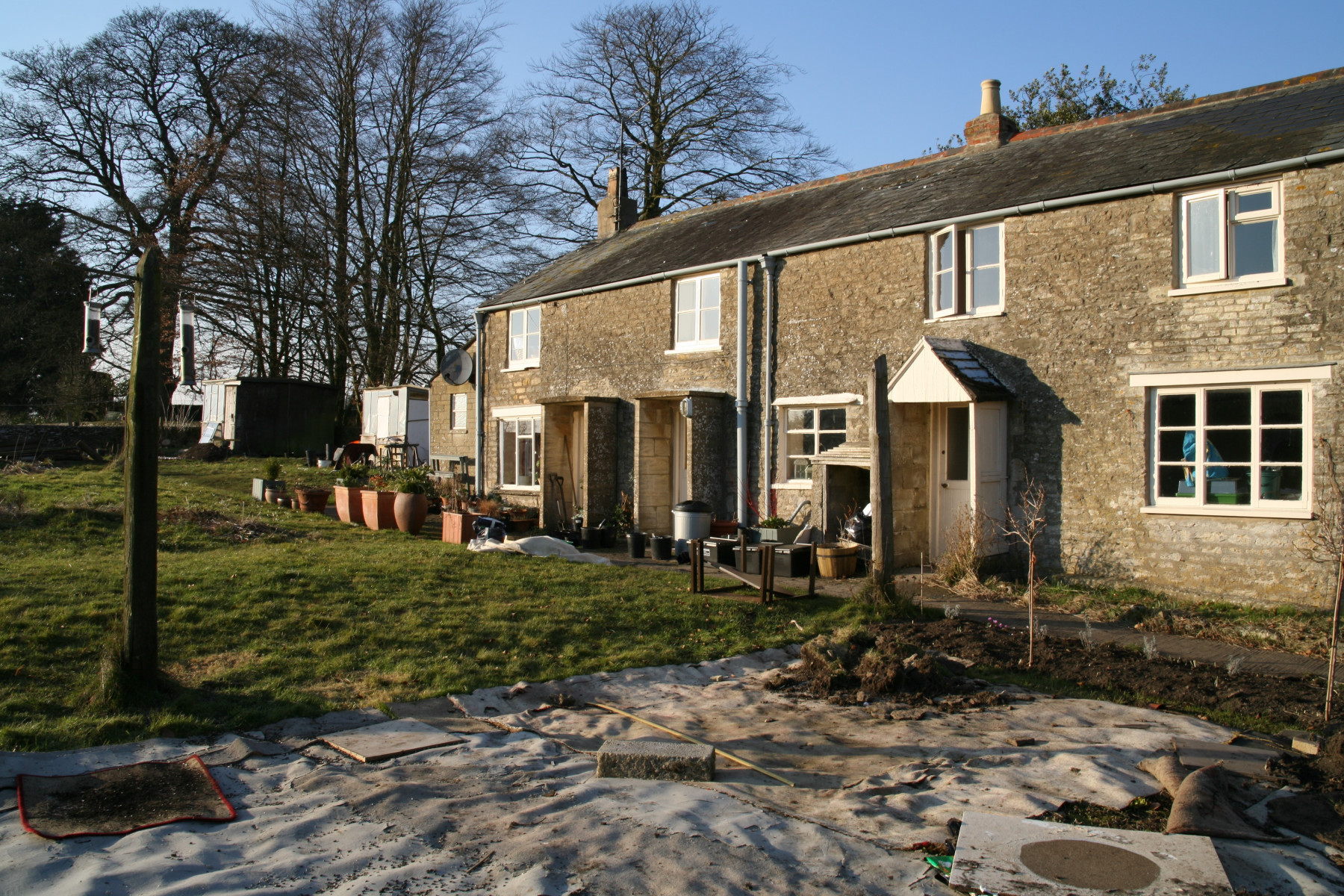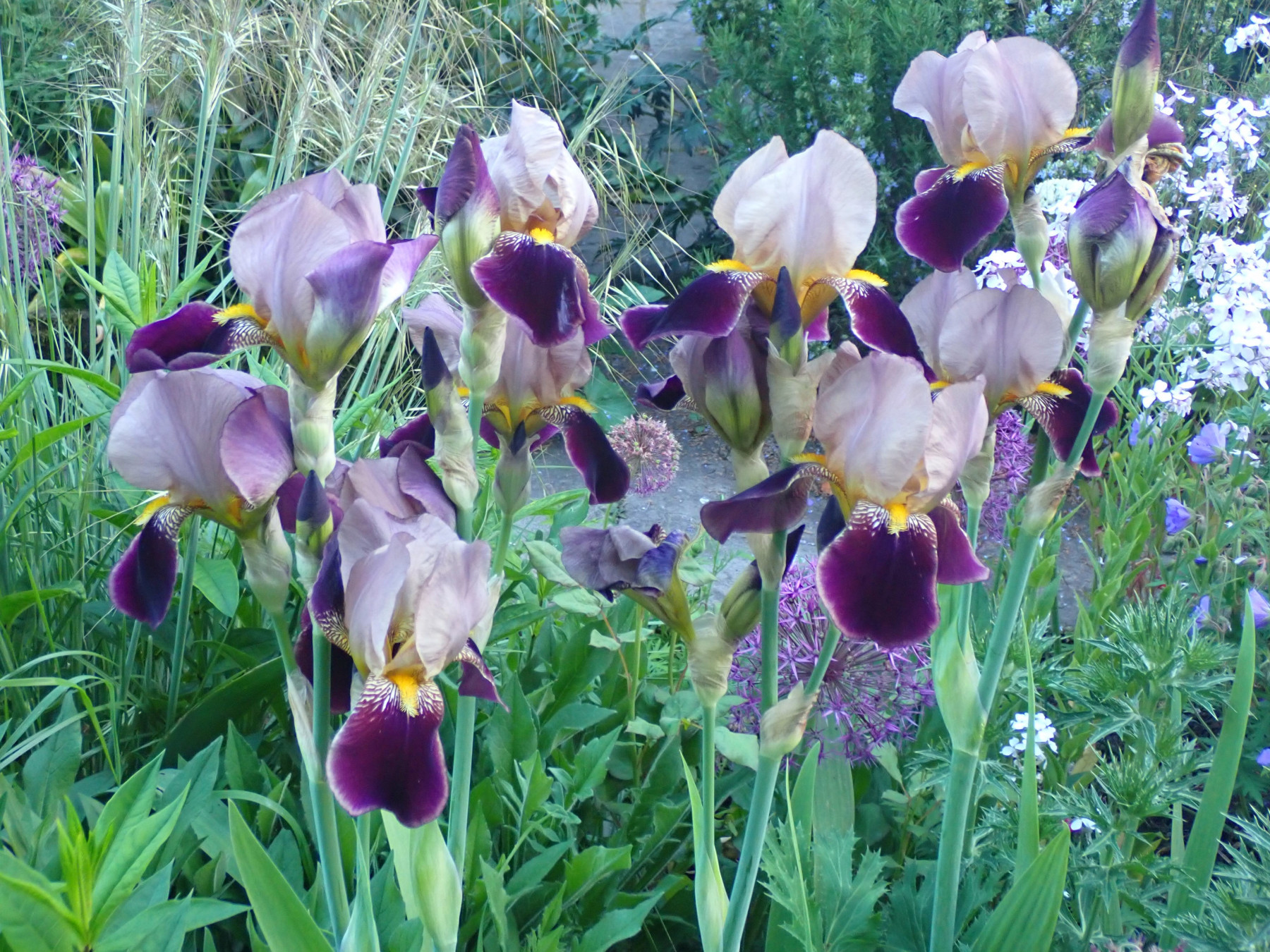
Iris is my middle name and I hated the name when I was a child. It was chosen, along with the dreaded Valerie, by my elder brother to compensate for my mother denying him the privilege of being an only child. You see he is about eight years older than I am, so he was used to being the chosen one. Shortly before I was born, my mother found out that it was twins and, to cap it all, my brother and I were born on the hottest day of the year!
However, in my later years I have warmed to the name Iris. I say it with pride when I’m doing one of the Talking Dirty podcasts with Alan Herbert Edward Gray of East Rushton Vicarage in Norfolk and Thordis Maria Sophia Fridriksson. You may have noticed that each of them has two middle names, although I’m glad that my brother only chose one for me. After all, I might have ended up with Beryl or Madge. When I told my grandson James about my podcasts he, rather unwisely, Googled Talking Dirty. He told me afterwards that “some very odd things come up nanny.” I want to reiterate that Talking Dirty is all about gardening!
In mythology Iris was the Goddess of the Rainbow and it was her job to carry divine messages from the Gods to mere mortals. The rainbow connected heaven to earth and iris is the Greek root for rainbow. It has also given us the word iridescent, literally displaying colours like those of the rainbow. It’s still a Greek tradition to plant purple irises on women’s graves, so that Iris can guide them into heaven, and there is a white cemetery iris planted on Muslim graves.
Iris flowers are instantly recognisable, with three upright petals and three drooping sepals. The sword-shaped foliage is also distinctive. The falls sometimes have a beard, and the most highly bred group of irises are known as bearded irises. There are six categories of bearded irises divided according to height. The shortest are known as Miniature Dwarf irises (MDI) and they go up to Tall bearded irises (TBI). It’s useful to know that they flower according to height. The dwarf miniatures begin in spring and the tall bearded ones perform in June. The others slot in between. They all have rhizomatous roots like knobbly sausages, not strictly a botanical term I know, but it will do.

They taller the bearded irises get, the harder they are to accommodate in a garden because their knobbly toes must get the sun on them, so they really need a sunny position that’s well-drained. If you hem them in with other plants, they won’t flower because they need space to themselves and for much of the year, they’re not that interesting. However, they are extremely successful grown close to a greenhouse, because their architectural form and structure sets off a handsome greenhouse. They also cut very well and they’re fragrant.
The rhizomatous roots lay on the surface of the soil and all manner of perennial weeds, especially couch grass, creep underneath and pop up between their toes. My ancient garden has been here for almost three hundred years and the weeds are under the paths, deep in the soil and they’re even in the grass. I’ve taken many of my irises up for this reason. They also need regular division after flowering, every three years or so, because it’s the newly formed rhizomes that flower well. This is an easily accomplished task, because they are so surface rooted. Keep the pale new rhizomes and discard the old roots. Snap them if you have to. Trim the foliage down, to prevent wind rock loosening the roots, and replant them with the top of the rhizome level with the soil. In time they’ll push their roots upwards.
Modern breeding has produced some Herculean varieties with huge flowers and their names are straight out of the comic book. ‘Dusky Challenger’, ‘Aggressively Forward’ and ‘Titan’s Glory’ are too in your face for me. I like my irises to be gentle, airy and ethereal, just like the ones Claude Monet painted. They lined the paths up to his house and the Japanese bridge at Giverney.
Monet would approve of my personal favourite, because it’s a mixture of mauve tissue paper and deep-purple velvet falls. It was one of the first plants I ever bought for our completely empty garden at Spring Cottage, because it was left over at the village fete. The iris had been donated by one of the nobler members of our village, who I shall call Sally to avoid name dropping, and it had come from her mother’s garden in Norfolk. Sally loved this iris and I fell in love with it too, when it flowered in the following year, although I didn’t know its name. There are lots of plants in my garden that I can’t identify, so it became known as Sally’s iris.

A couple of years later, I visited a Plant Heritage collection of Bliss Irises near Cirencester. These were raised by Arthur Bliss (1862 -1931) and Anne Milner is a descendant who she knew as Uncle Arthur. Bliss began breeding irises in 1902 in Kent, before moving to Morwellham Quay in Devon in 1912. He named 150 irises, but also bred gladioli and daffodils. He was an eccentric bachelor. On one hand this retired engineer, who’d been deafened by an explosion at work when relatively young, was an untidy creature. Anne’s website ( www.blissiris.co.uk ) records that he “lived in the utmost disorder in a crowded little cottage on the river Morwell, his main room littered with the apparatus of a curve-calculating machine on which he was working, and with the paraphernalia of living. He had little regard for his clothes.” However, his garden and plant breeding records were “models of neatness and of meticulous care.” A grand piano was piled high with notebooks and records of his crosses and he used to make notes on the floor in chalk.
On my visit to Anne Milner’s Plant Heritage collection, I spotted my iris and it was named ‘Mrs Valerie West’. Anne explained that the one I had wasn’t likely to be Mrs Valerie West, because it wasn’t commercially available. That evening I went up and asked Sally if she knew the name of her esteemed iris and it was indeed ‘Mrs Valerie West’. She explained that her mother had paid a great deal for it, so took good care of it.
Bliss irises were expensive. They were marketed by a nurseryman named Robert Wallace, the owner of a world-famous iris nursery. The best ones cost five guineas a root. That’s roughly £250 today, so they found their way into the gardens of the wealthy all over the world. It may explain why ‘Mrs Valerie West’, named in 1925, came from one of the nobler members of my village. Robert Wallace thought ‘Mrs Valerie West’ was Arthur Bliss’s masterpiece and it was Bliss’s favourite too.
This year mine was superb, probably helped along by last year’s wonderfully warm spring and lots of summer rainfall. I will divide it next year. Sadly, it’s not commercially grown.



